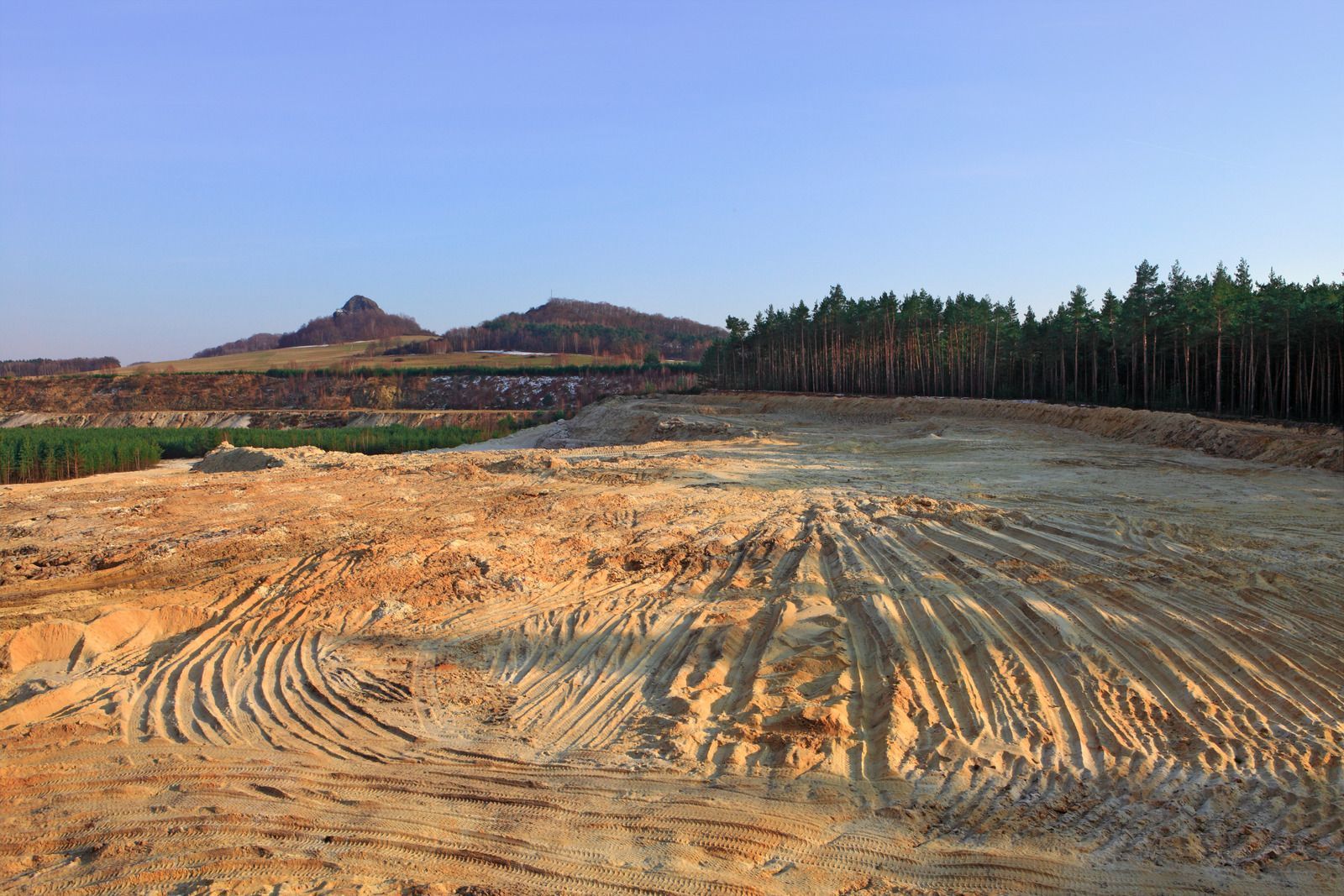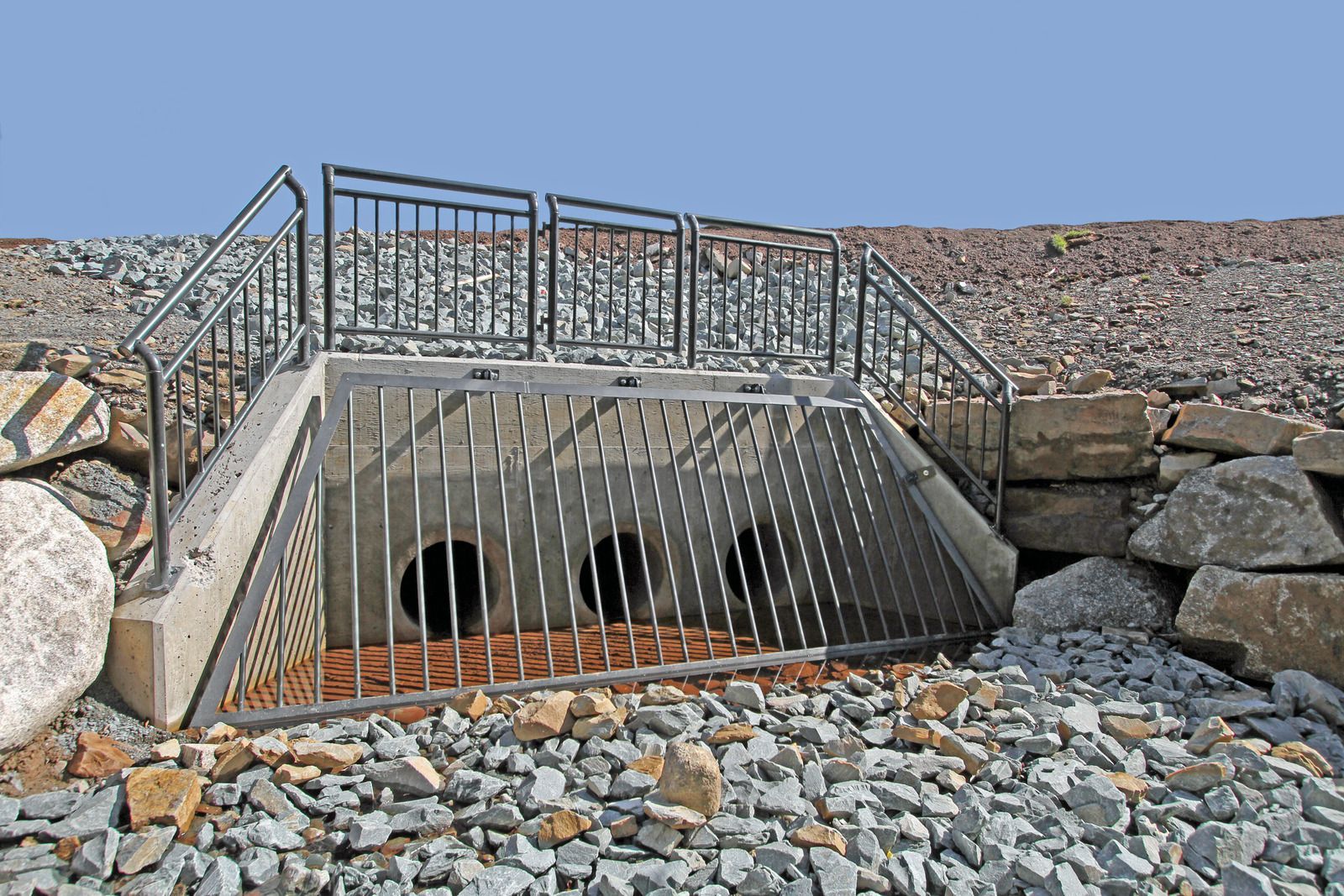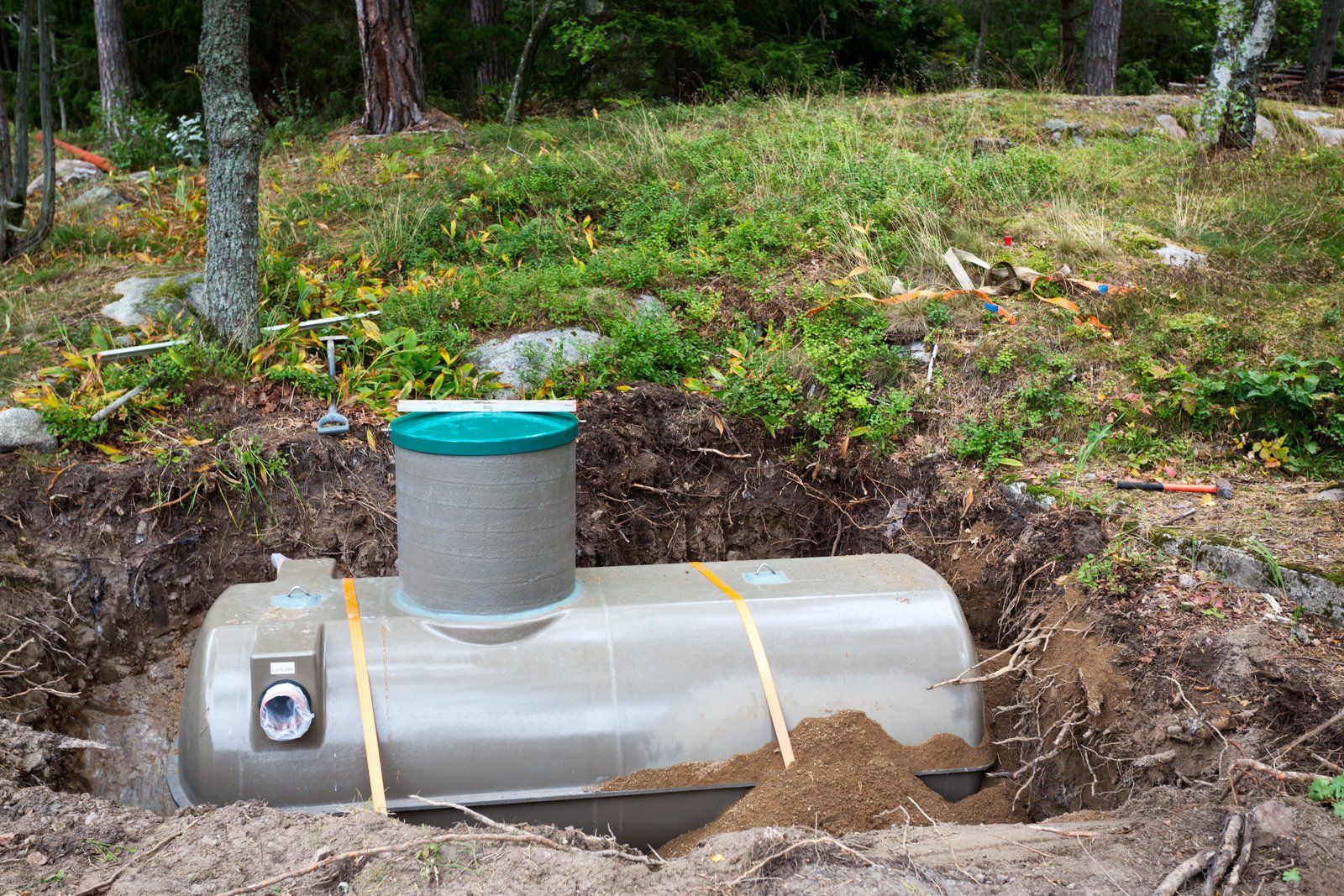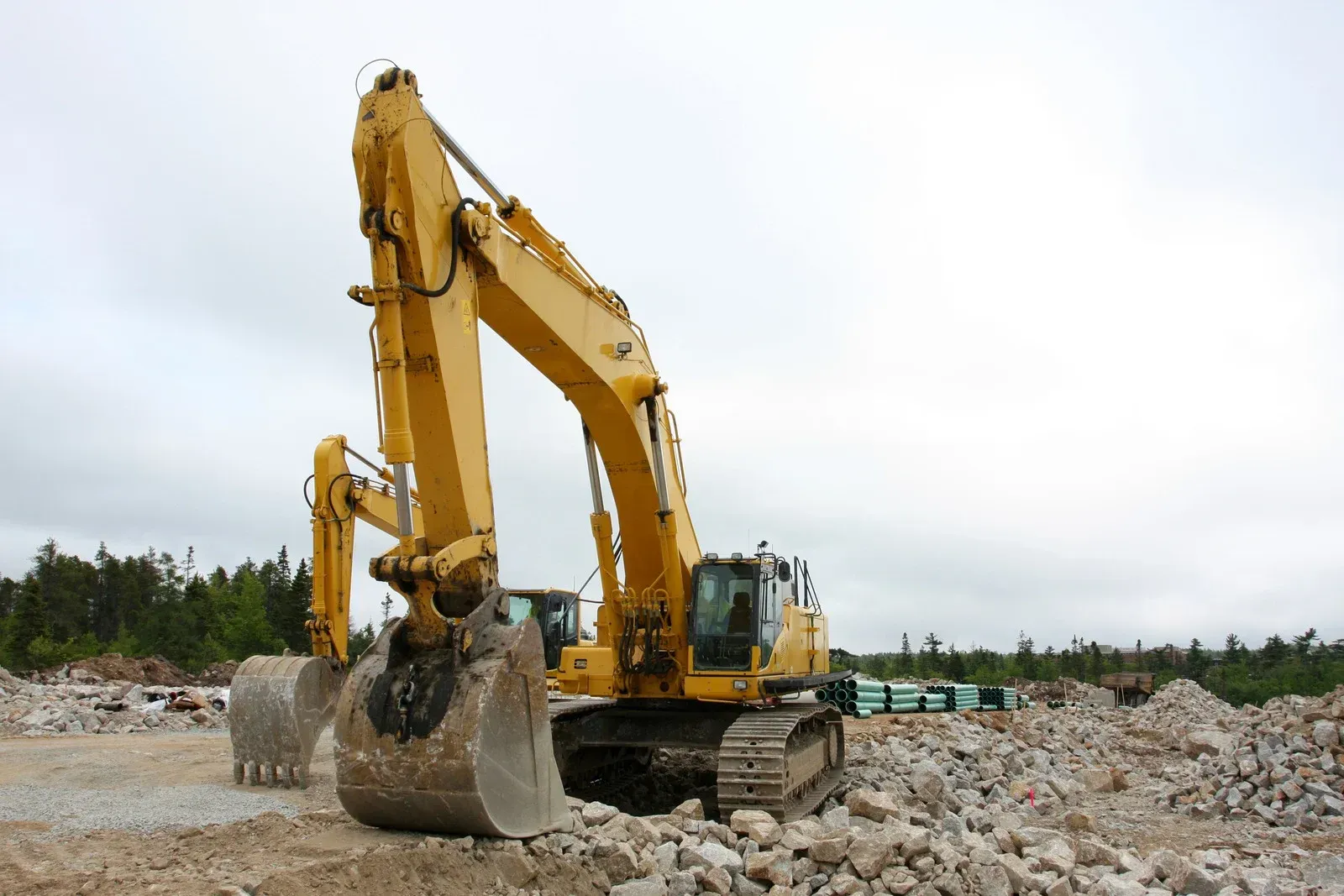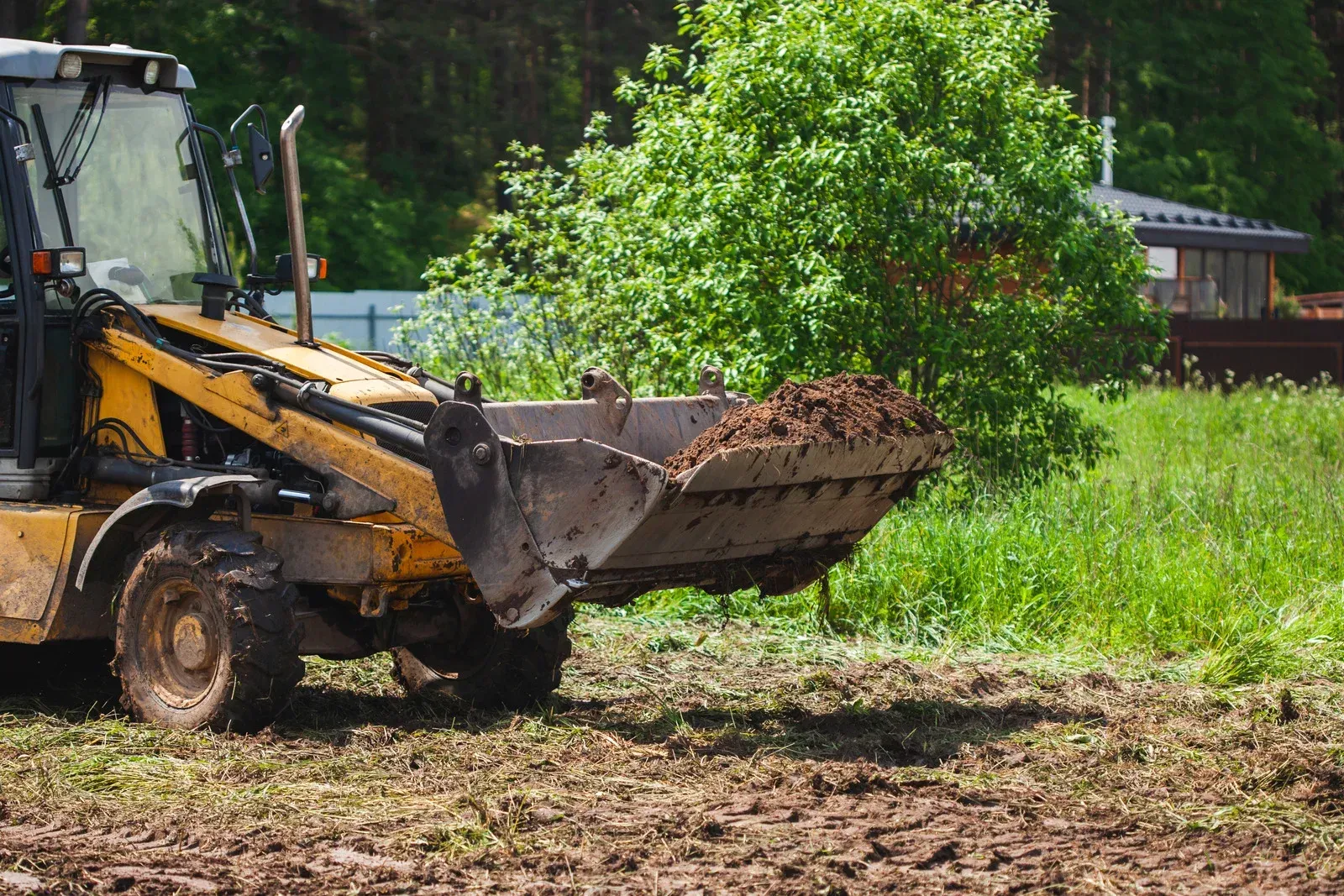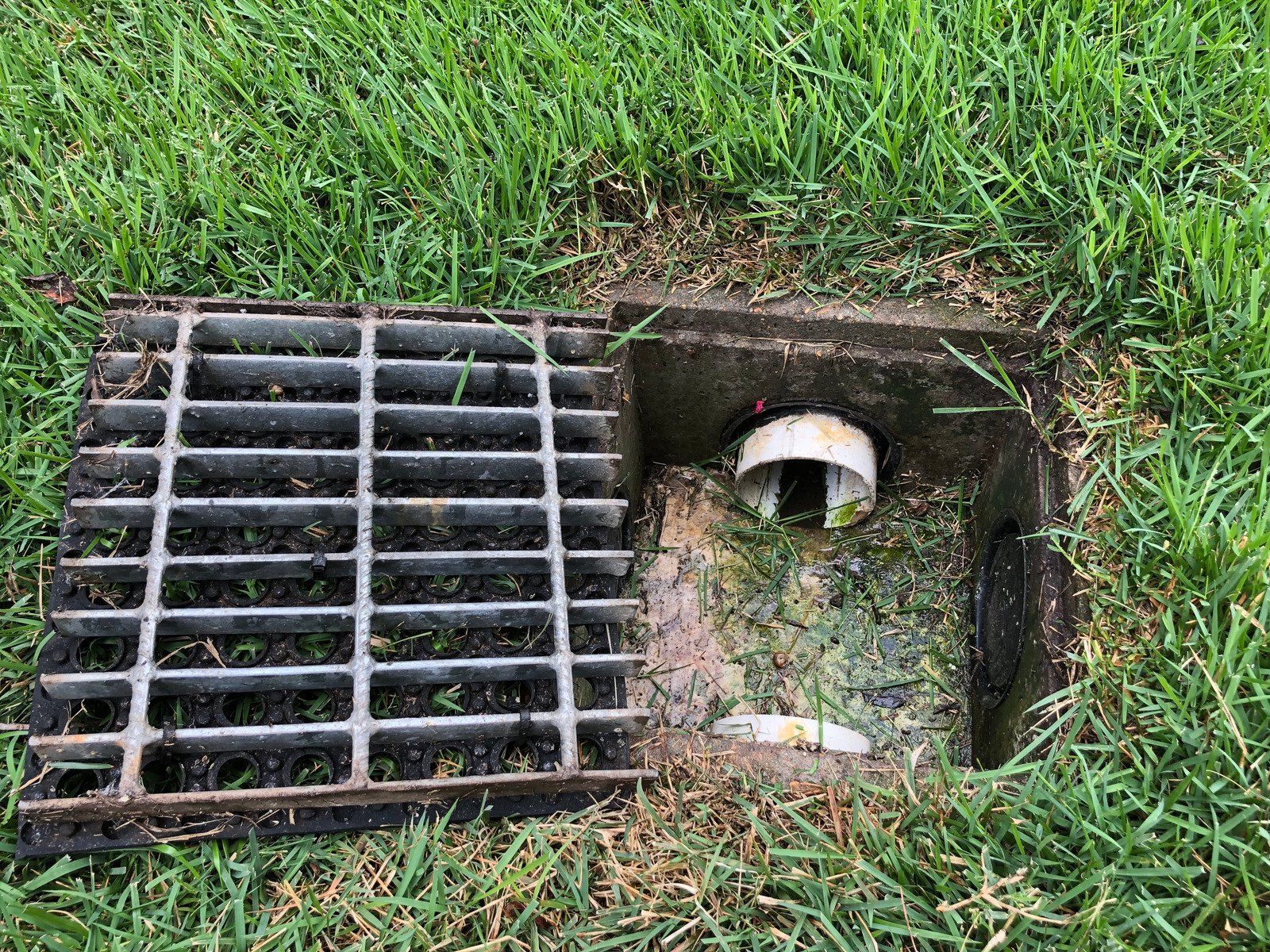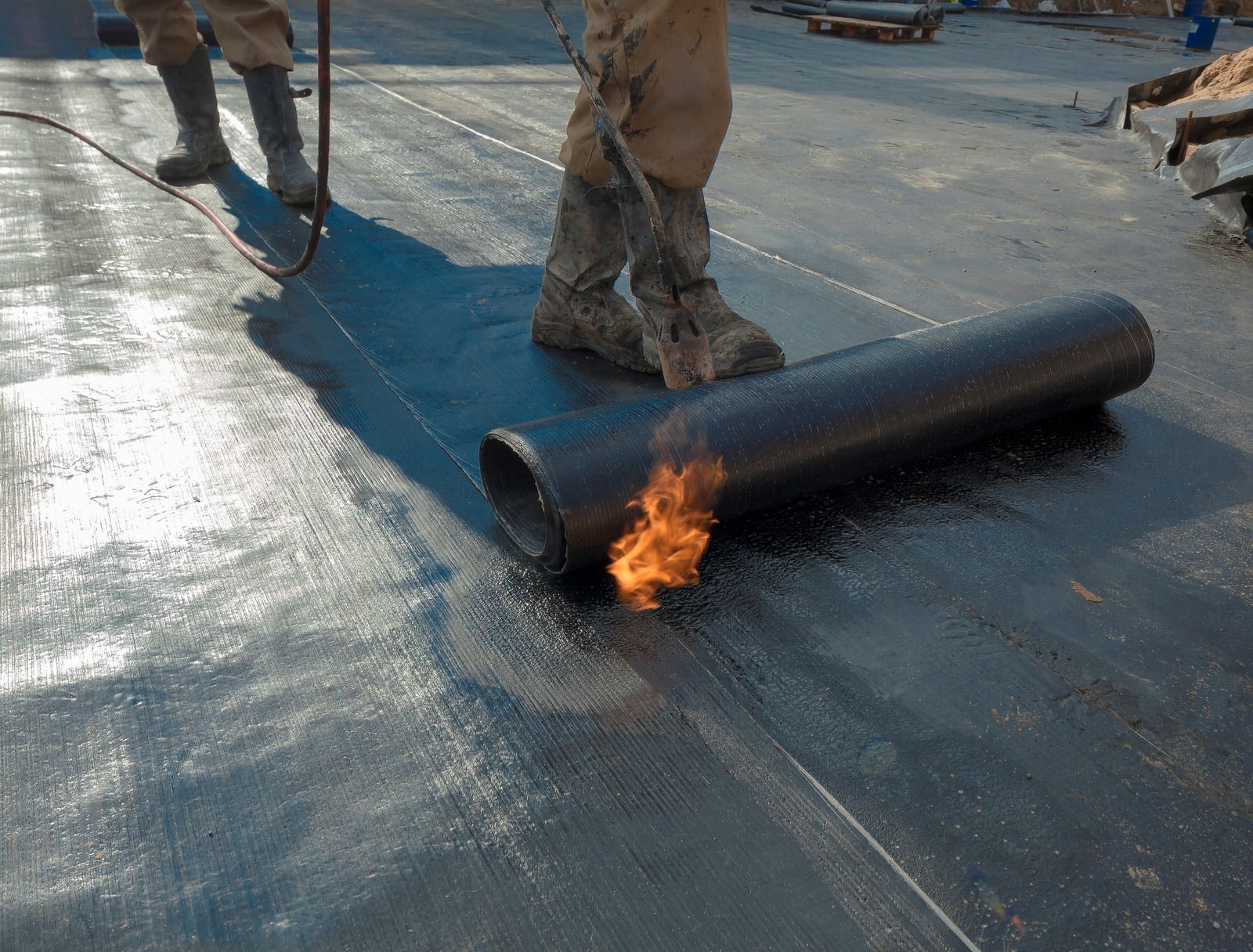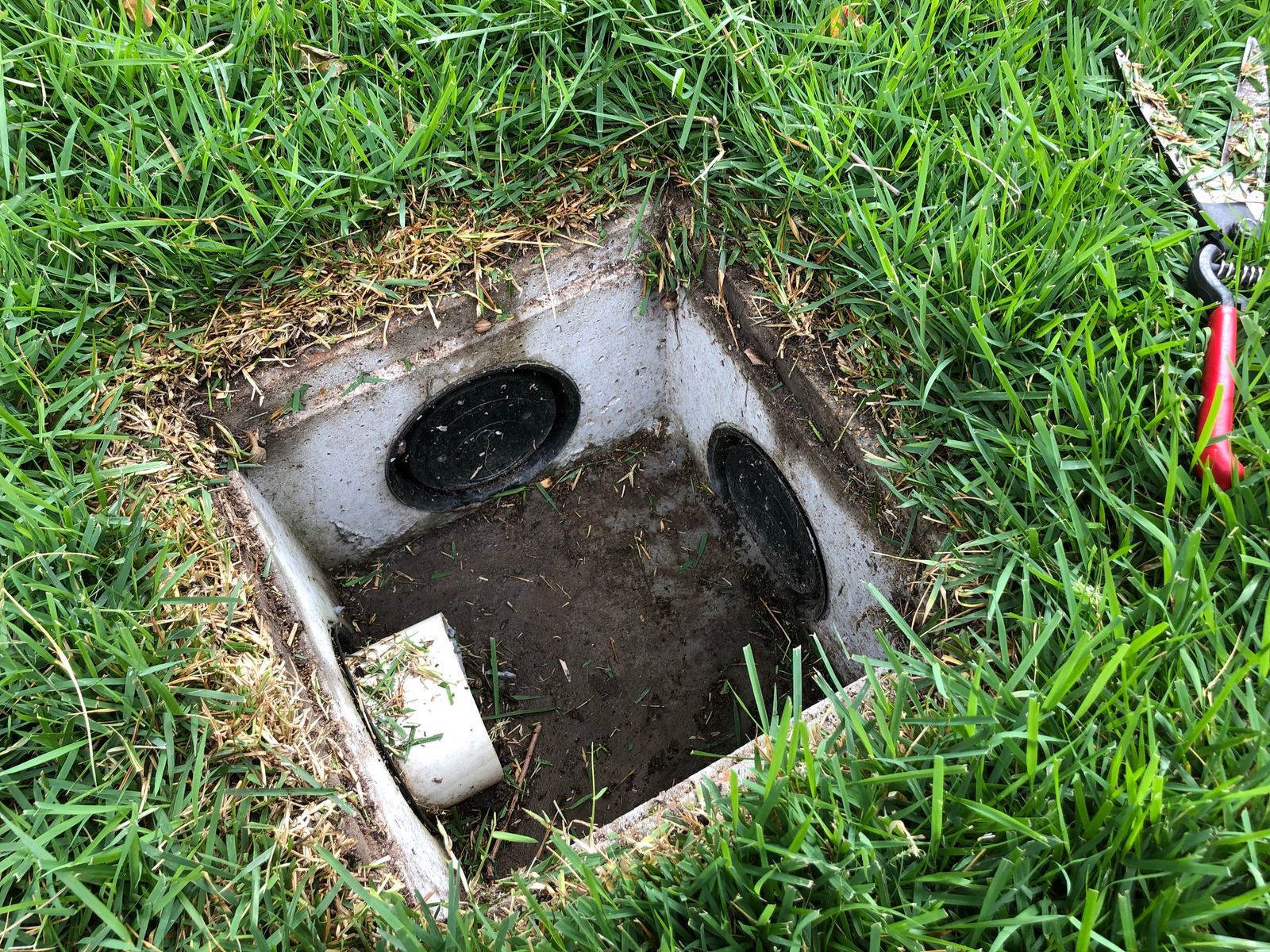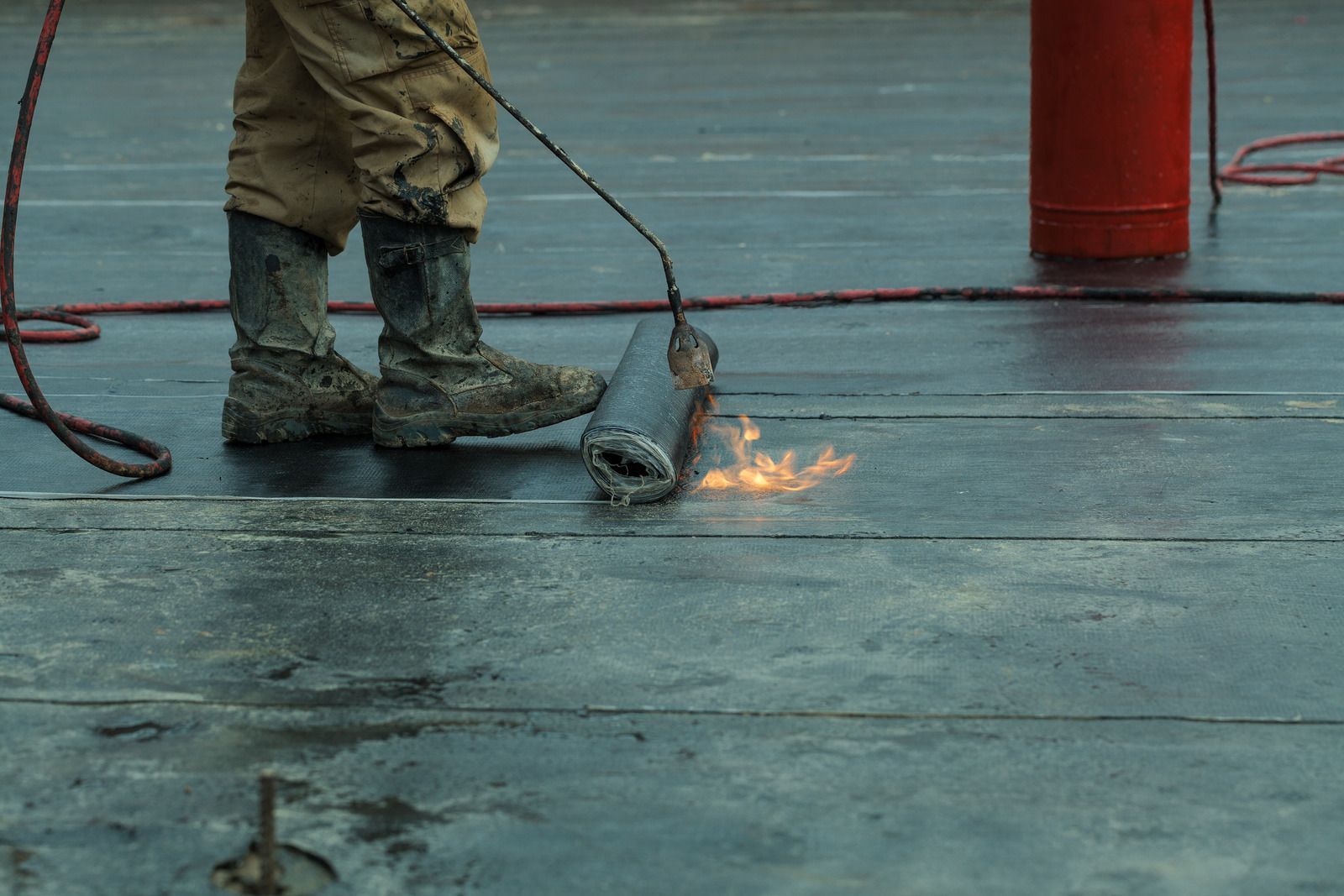How Professionals Deal with Combined Sewer Overflows
Old cities that have an infrastructure accumulating both runoff rainwater and sewage from homes into the same pipe face the issue of combined sewer overflows. The same kind of problem applies to commercial properties. When it rains heavily, these pipes can become filled beyond their capacity, causing untreated or partially treated sewage to be discharged into rivers or other waterways. It does create unpleasant odors and sights, but also poses a health and environmental risk.
There are dedicated professionals working tirelessly to address such overflows and lessen their impact. They use expert strategies to manage and eliminate combined sewer overflows.
Common Challenges Faced
Aging Infrastructure
Many combined sewer systems were built in the 19th or early 20th century. As time passes, these systems can deteriorate, reducing their capacity to handle current wastewater volumes.
Increased Demand
Urban populations are constantly growing, placing additional strain on existing sewer systems. More people using the system means more wastewater to manage.
Climate Change
More frequent and intense storms due to climate change can overwhelm CSO systems designed for historical weather patterns.
Strategies for Combating CSOs
Capacity Upgrades
Upgrading existing sewer pipes to increase their capacity can help prevent overflows during heavy rainfall. It can involve lining existing pipes, constructing larger pipes, or creating separate pipes for rainwater and sewage.
Storage Solutions
Building storage tanks or reservoirs can hold excess wastewater during heavy rain events. It allows the treatment plant to process the wastewater at a controlled rate, preventing overflows.
Green Infrastructure
Implementing green infrastructure solutions, such as rain gardens and permeable pavements, can help reduce the amount of rainwater entering the sewer system. These solutions allow rainwater to soak into the ground naturally, reducing the strain on the system.
Real-Time Monitoring
Utilizing real-time monitoring systems allows for proactive management. These systems track water levels and flow rates in the sewer system, enabling professionals to anticipate potential overflows and take corrective actions.
Public Education
Educating the public about proper wastewater disposal practices can help reduce the amount of harmful materials entering the system. It includes encouraging residents to avoid flushing fats, oils, and grease, as well as other items that can clog pipes and contribute to overflows.
Collaboration is Key
Municipal Authorities
Local governments are responsible for maintaining and upgrading sewer infrastructure. They play a crucial role in allocating resources and implementing CSO mitigation strategies.
Environmental Agencies
Environmental agencies regulate CSO discharges and work with municipalities to ensure compliance with environmental regulations.
Engineering Firms
Engineering firms design and implement solutions for CSO mitigation, such as storage tanks and upgraded pipes.
The Residents
Residents play a vital role by following proper wastewater disposal practices and being mindful of water usage during peak times.
The Road Ahead Is A Continuous Effort
Combating sewer fluids is an ongoing process that requires continuous monitoring, adaptation, and investment. Putting together a combination of strategies and fostering collaboration between stakeholders makes professionals strive to lessen the environmental impact and protect public health.
While there is no single solution, a multi-pronged approach that includes infrastructure upgrades, storage solutions, and public education offers the best chance for success. As technology advances and our understanding of CSOs evolves, we can expect even more effective strategies to emerge in the future.
